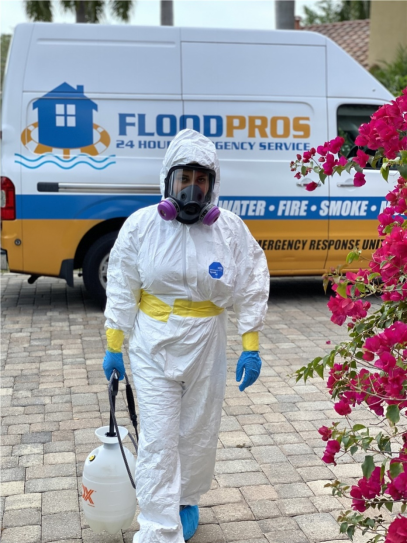
Water damage remains a persistent threat to homes and businesses across Tampa Bay, exacerbated by the region's subtropical climate and occasional severe weather events. From sudden pipe bursts to tropical storms, the need for effective water damage restoration services is crucial in mitigating losses and restoring properties swiftly.
In this comprehensive guide, we delve into the complexities of water damage, explore the meticulous process of restoration, and highlight the invaluable role of professional restoration experts in Tampa Bay.
Water Damage in Tampa Bay
Tampa Bay's unique geographical location and climate contribute to diverse water damage challenges year-round. Heavy rainfall during hurricane season, coupled with aging infrastructure and plumbing issues, often leads to water intrusion into homes and commercial buildings. Understanding the common sources and types of water damage helps residents and property owners prepare for potential emergencies and prioritize swift action when incidents occur.
Water Damage Effects
Water damage can have far-reaching effects on both residential and commercial properties in Tampa. Immediate concerns include structural damage to walls, floors, and ceilings, as well as potential electrical hazards. If not promptly addressed, water can seep into building materials, promoting mold growth within 24 to 48 hours. Mold not only causes health risks but also requires specialized remediation techniques to ensure complete removal and prevent recurrence.
Beyond mold, prolonged exposure to moisture can weaken structural integrity, leading to costly repairs and compromises in property value. Timely water damage restoration is crucial to mitigate these effects, safeguarding both the physical structure and occupants' health. Flood Pros USA's comprehensive services address these challenges swiftly, employing advanced techniques to restore your property to its pre-damaged condition.
Common Sources of Water Damage
Weather-Related Incidents: Tropical storms, hurricanes, and heavy rainfall can overwhelm drainage systems and cause flooding, leading to extensive water damage.
Plumbing Failures: Burst pipes, faulty appliances, and leaks in plumbing systems can result in localized or widespread water damage if not addressed promptly.
Structural Issues: Roof leaks, compromised foundations, and inadequate waterproofing can allow water to infiltrate buildings over time, causing hidden damage and mold growth.
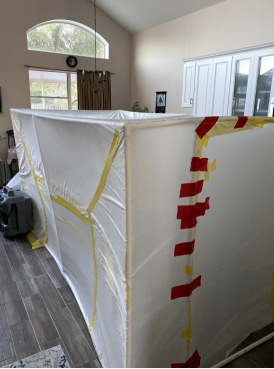
Types of Water Damage
Water damage is categorized based on the source and type of water involved, influencing the severity and restoration approach:
Clean Water: Fresh water from broken pipes, rainwater, or melting snow poses minimal health risks initially but can escalate if not dried promptly.
Gray Water: Slightly contaminated water from appliances or overflowed sinks contains chemicals or microbes, requiring careful handling during cleanup.
Black Water: Highly contaminated water from sewage backups or floodwaters carries pathogens and toxins, necessitating specialized equipment and safety protocols.
The Process of Water Damage Restoration
Professional water damage restoration involves a systematic approach to mitigate damage, restore affected areas, and ensure the safety of occupants. Each phase is critical in minimizing long-term consequences and returning properties to pre-damage conditions efficiently.
Phase 1: Emergency Contact and Assessment
Emergency Response: Restoration companies provide 24/7 emergency services, responding swiftly to mitigate ongoing damage and secure the property.
Assessment: Certified technicians conduct a thorough inspection to evaluate the extent of water damage, identify affected areas, and develop a tailored restoration plan.
Phase 2: Water Extraction and Removal
Swift Action: High-powered pumps and vacuums are deployed to extract standing water from floors, carpets, and other surfaces, preventing further saturation and structural damage.
Moisture Detection: Advanced moisture detection tools, such as infrared cameras and hygrometers, help locate hidden moisture pockets behind walls or under flooring.
Phase 3: Drying and Dehumidification
Industrial Equipment:Air movers and dehumidifiers are strategically placed to accelerate drying and reduce humidity levels, preventing mold growth and structural compromise.
Monitoring Progress: Technicians monitor moisture levels and adjust equipment as needed until all affected areas are thoroughly dried and sanitized.
Phase 4: Cleaning and Sanitizing
Surface Preparation: Walls, floors, and belongings are cleaned, sanitized, and treated with antimicrobial solutions to eliminate contaminants and odors.
Content Restoration: Specialized techniques restore salvageable items, including furniture, electronics, and documents, minimizing replacement costs for property owners.
Phase 5: Restoration and Repairs
Structural Integrity: Restoration experts repair or replace damaged materials, such as drywall, insulation, and flooring, ensuring structural stability and aesthetic restoration.
Reconstruction Services: Licensed contractors oversee reconstruction efforts, coordinating with insurers and adhering to building codes and safety standards.
The Role of Professional Water Damage Repair Services
Certified restoration professionals bring specialized skills and equipment to every water damage restoration project, ensuring thorough cleanup, effective drying, and comprehensive repairs. Their expertise extends beyond immediate cleanup to include mold prevention, property protection, and personalized customer service throughout the restoration process.
Key Benefits of Professional Services
Expertise and Training: Certified technicians undergo rigorous training and certification, staying updated on industry best practices and safety guidelines.
Advanced Equipment: State-of-the-art tools and technology enable rapid water extraction, precise moisture detection, and efficient drying to minimize disruption and restore properties promptly.
Insurance Coordination: Restoration companies work closely with insurance providers, documenting damage, submitting claims, and advocating for fair compensation on behalf of property owners.
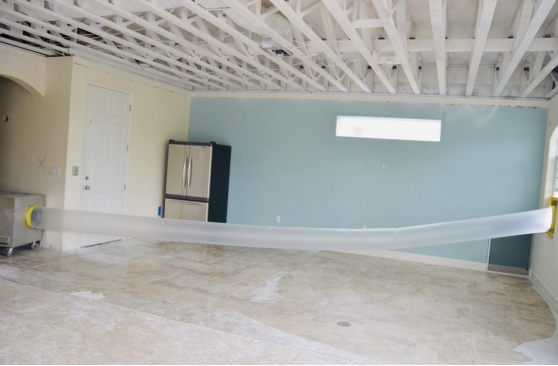
Choosing the Right Water Damage Restoration Company
When selecting a water damage restoration company in Tampa Bay, consider the following factors to ensure reliable service and satisfactory results:
Certifications and Accreditations: Verify credentials from reputable organizations like the Institute of Inspection, Cleaning and Restoration Certification (IICRC).
Customer Reviews and Testimonials: Read online reviews and testimonials to gauge the company's reputation for professionalism, reliability, and customer satisfaction.
Emergency Response Capabilities: Ensure the company offers 24/7 emergency services with rapid response times to minimize damage and protect property.
Transparent Pricing and Contracts: Request detailed estimates, review service agreements, and clarify pricing structures to avoid surprises during the restoration process.
In Tampa Bay, water damage is an ever-present risk that demands proactive measures and professional intervention. By understanding the stages of water damage restoration and the pivotal role of certified restoration experts, residents and property owners can safeguard their investments, mitigate losses, and expedite recovery following water-related emergencies.

Flood Pros USA provides timely, professional restoration services in Tampa for water, fire, and mold damage. Our experienced team specializes in commercial mold remediation, fire damage cleanup, and same-day restoration solutions.
Contact us now for expert assistance with mold remediation, water damage restoration, and fire damage restoration in Tampa, FL. Whether you're dealing with mold repair, water damage cleanup, or fire damage remediation, we're here to restore your property quickly and effectively. Trust Flood Pros USA for reliable service and peace of mind in times of crisis.
Subscribe to Flood Pros USA's Blog


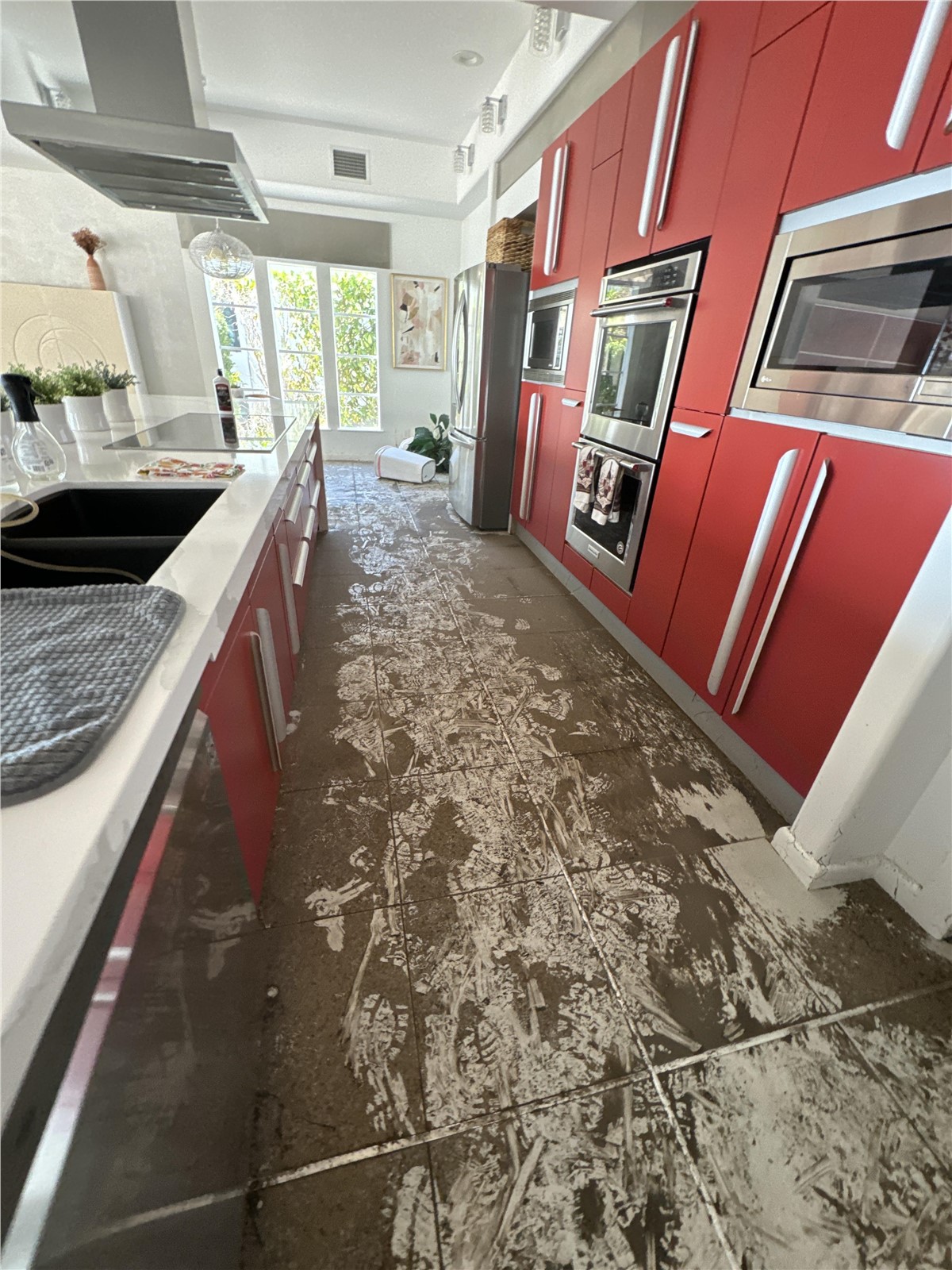
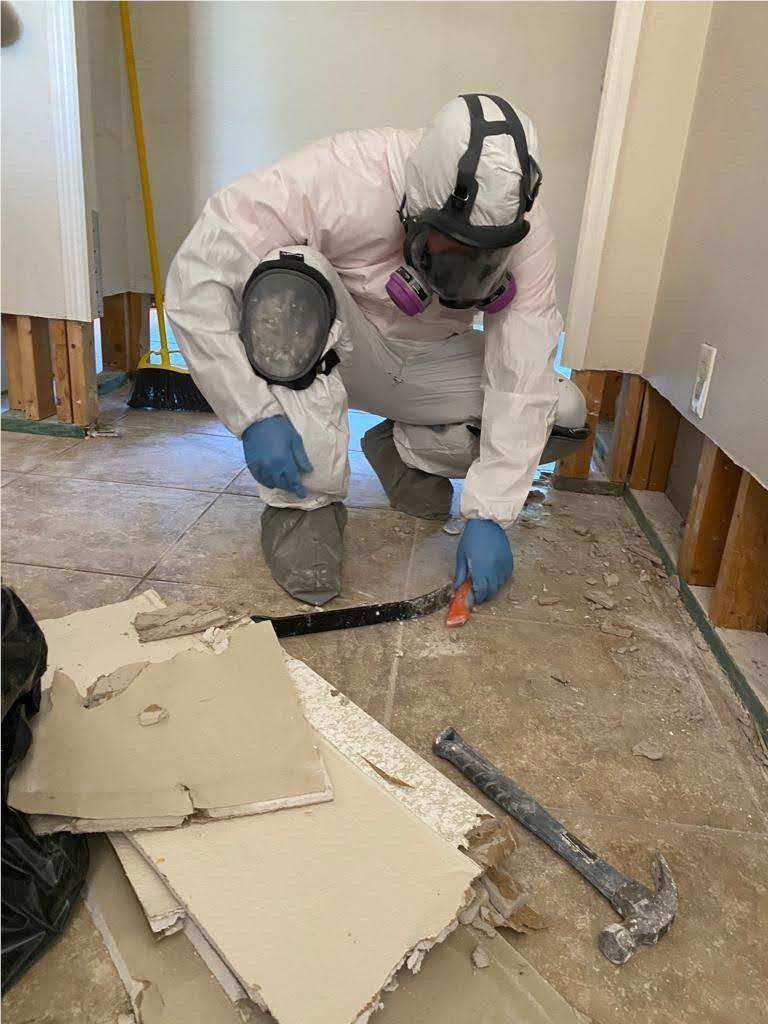

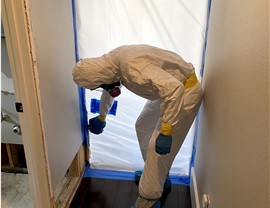

Comments